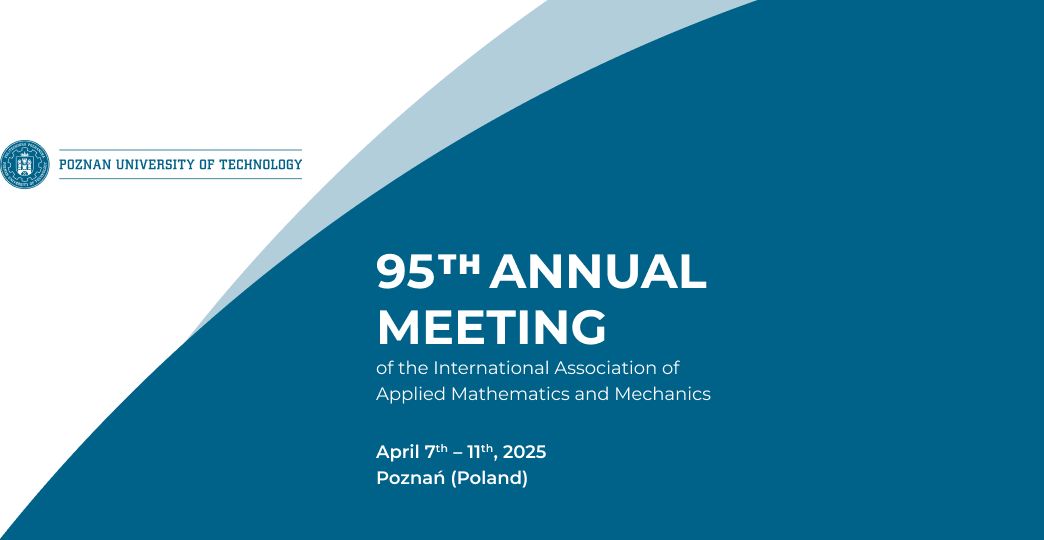Speaker
Description
This study focuses on the development and application of topology optimization methods for buckling structures under size constraints. Buckling, as a common failure mode in mechanical structures, can significantly affect the structural performance and reliability. Therefore, it is of great significance to optimize the topology of buckling structures to improve their stability and strength.
In this research, the density-based method is used to obtain an initial design by iteratively updating the material distribution based on the compliance criterion. However, this method may generate a complex fine geometry that is difficult to fabricate. To address this issue, by imposing constraints on the density distribution, the material distribution is limited to ensure that the material is distributed as uniformly as possible throughout the structure, mitigating material clustering, avoiding excessively thin material layers, and impacting both the manufacturing process and performance.
To evaluate the effectiveness of the proposed methods, numerical examples are conducted to optimize the topology of buckling structures with different constraints. The optimization results show that the proposed methods can effectively obtain optimal topologies with improved stability and strength, while satisfying the size constraints.
In addition, this study also investigates the influence of different optimization parameters on the optimization results. It is found that the selection of design variables, optimization algorithm, and convergence criteria plays a critical role in the optimization process. By analyzing the optimization results, insights into the optimization design of buckling structures with size constraints are obtained.
In conclusion, this research presents a comprehensive study on topology optimization methods for buckling structures with size constraints. The proposed methods provide a new approach for the optimization design of buckling structures, which can enhance the stability and strength of mechanical structures while considering practical manufacturing constraints. Further research will focus on the integration of these methods into more complex structures and the development of new optimization algorithms for better performance and efficiency.

